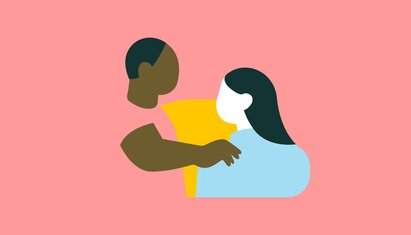How to use measurement-based care to strengthen therapeutic alliances

Published September 10, 2021

Dr. Ben Caldwell is joined by mental health professionals Jaynay Johnson, LMFT, Dr. Melinda Moore, and Norine VanderHooven, LCSW, to discuss different ways to offer care to clients who may be suicidal, or have suicidal thoughts.
In this webinar, you’ll learn everything about what suicidality looks like in diverse communities, how to work with suicidal clients through telehealth appointments, and best practices in supporting a client on their journey of healing. This panel also offers advice and knowledge about how to work with a client’s parent, who may not consent to emergency treatment for their kid.
If you’ve ever been interested in getting involved with this type of work, these experts offer a holistic and informative approach to taking action with suicide prevention. They also offer encouragement for this line of work and advice on not being too hard on yourself when you might have missed something, or made a mistake.
Proudly made in Santa Monica, CA © 2025 SimplePractice, LLC
Proudly made in Santa Monica, CA © 2025
SimplePractice, LLC